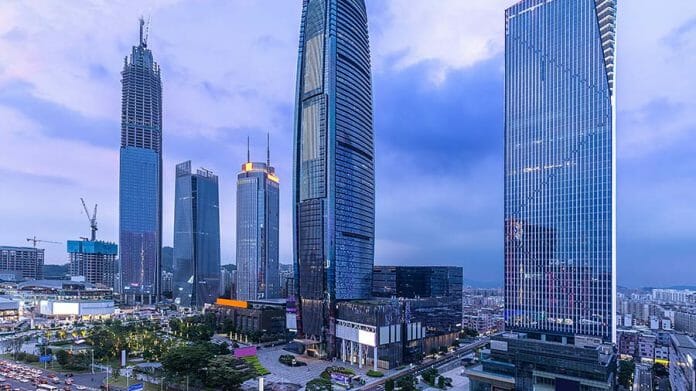While headwinds persist, HSBC remains constructive on China and is keeping its 5.2% growth forecast for 2023…predicated on a gradual relaxation of COVID-19 measures, housing market stabilisation, and a continued policy stimulus.
On why the regional bank is sticking with the 5.2% projection? Multiple challenges continue to impact China’s economy. COVID-19 restrictions are denting activity in the major cities, especially given the case resurgence lately, the property sector is still weak, and the consumption recovery is sluggish. Despite this, HSBC remains constructive on China’s growth outlook. In a base case, HSBC sees China further fine-tuning and gradually relaxing some COVID-19 restrictions in 2023, the housing market stabilising, and continued policy support along with improved policy implementation. This, combined with a low base, is why 5.2% growth next year is achievable.
Inside the base case: One of the key assumptions embedded in the growth forecast is a gradual relaxation of the COVID-19 policy next year. However, any shift would hinge on a few essential conditions, including sufficient vaccination coverage, treatment drug availability, and a global scientific consensus on the pandemic. To be clear, the bank said it does not expect any major policy shifts in the near term, but acknowledges China is making steady progress in its vaccination coverage, upgrading its vaccines, as well as medicine development. Regarding the housing market, more measures are being rolled out to provide funding and stabilise expectations. It also expects more stimulus policies and better implementation following the recent political reshuffle.
Bear and bull cases: Given all the uncertainty, in a scenario analysis, HSBC assumes the housing market correction continues and the negative repercussions could spread further throughout the economy. COVID-19 restrictions could continue for longer as well, further weighing on consumer and business sentiment. Our analysis shows that for less developed regions, the negative impact of COVID-19 restrictions on consumption is larger. In this scenario, the economy may replicate this year’s path and only grow at around a 4% pace next year. On the other hand, the policy mix could prompt a moderate housing market rebound, further lifting consumer sentiment.
Stronger policy, including more stimulus or less COVID-19 uncertainty, may push the economy onto a faster recovery track. In this case, we expect the economy to grow at c6% in 2023, on par with the pre-pandemic speed.









